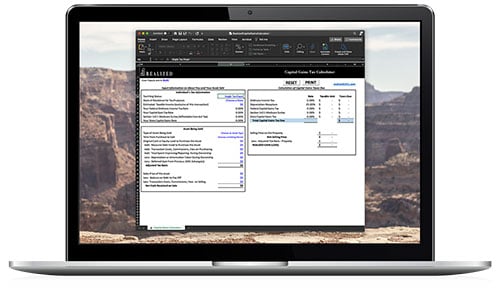
Investment property owners often face significant capital gains taxes when selling appreciated assets. Tax strategies that mitigate this burden are critical, and one such strategy involves using donor-advised funds (DAFs). This approach helps you align your financial goals with philanthropic interests while minimizing your tax liabilities.
Understanding Donor-Advised Funds
A Donor-Advised Fund is a charitable giving vehicle administered by a public charity. It allows donors to make a charitable contribution, receive an immediate tax deduction, and recommend grants from the fund over time. This setup is particularly advantageous for investors seeking to optimize tax efficiency while fulfilling philanthropic endeavors.
Tax Benefits of Donor-Advised Funds
The primary advantage of utilizing a DAF lies in the upfront tax deduction received upon making a contribution. When you contribute appreciated investment property or other assets, you avoid paying capital gains tax on the appreciation. Furthermore, your contribution is eligible for an immediate tax deduction, up to 30% of your adjusted gross income (AGI). This dual benefit allows you to effectively reduce your taxable income while bypassing capital gains tax liabilities.
Simplifying the Process
For investment property owners, contributing to a DAF converts complex assets, like real estate, into a more manageable form of philanthropy. The process involves transferring the appreciated asset directly into the fund. The administering charity typically liquidates the asset, thereby sparing you from capital gains taxation and the hassle of managing the sale. Moreover, the proceeds provide continuous philanthropic capital, aligning long-term charitable goals with investment advantages.
Estate Planning Synergy
In the context of estate planning, DAFs offer additional flexibility. By incorporating a DAF into your estate plans, you achieve efficient estate tax reduction, ensuring that your legacy benefits the causes you care about most. The fund becomes a vessel for continued charitable impact beyond your lifetime, all while reducing the tax burden on your heirs.
A Strategic Approach
Integrating DAFs into your investment and tax strategy should involve careful planning and professional consultation. Collaboration with tax and financial advisors ensures that contributions are optimized for maximum tax benefit and aligned with personal and philanthropic goals. Consider the timing of contributions, especially in years of substantial capital gains, to leverage tax deductions effectively.
Conclusion
For owners of appreciated investment properties, donor-advised funds provide a strategic avenue to manage capital gains taxes while ensuring lasting charitable contributions. Leveraging DAFs allows you to maximize tax advantages, streamline charitable giving, and solidify your philanthropic legacy. It exemplifies a thoughtful integration of wealth management and meaningful giving, offering a win-win solution for both individuals and the community.
When contemplating a donor-advised fund, the complexities of asset contributions, investment management, and strategic distribution require informed decision-making. Engaging with financial advisors to tailor this approach ensures your investments and charitable intentions work in harmony, underscoring the impactful power of combining wealth and philanthropy.


